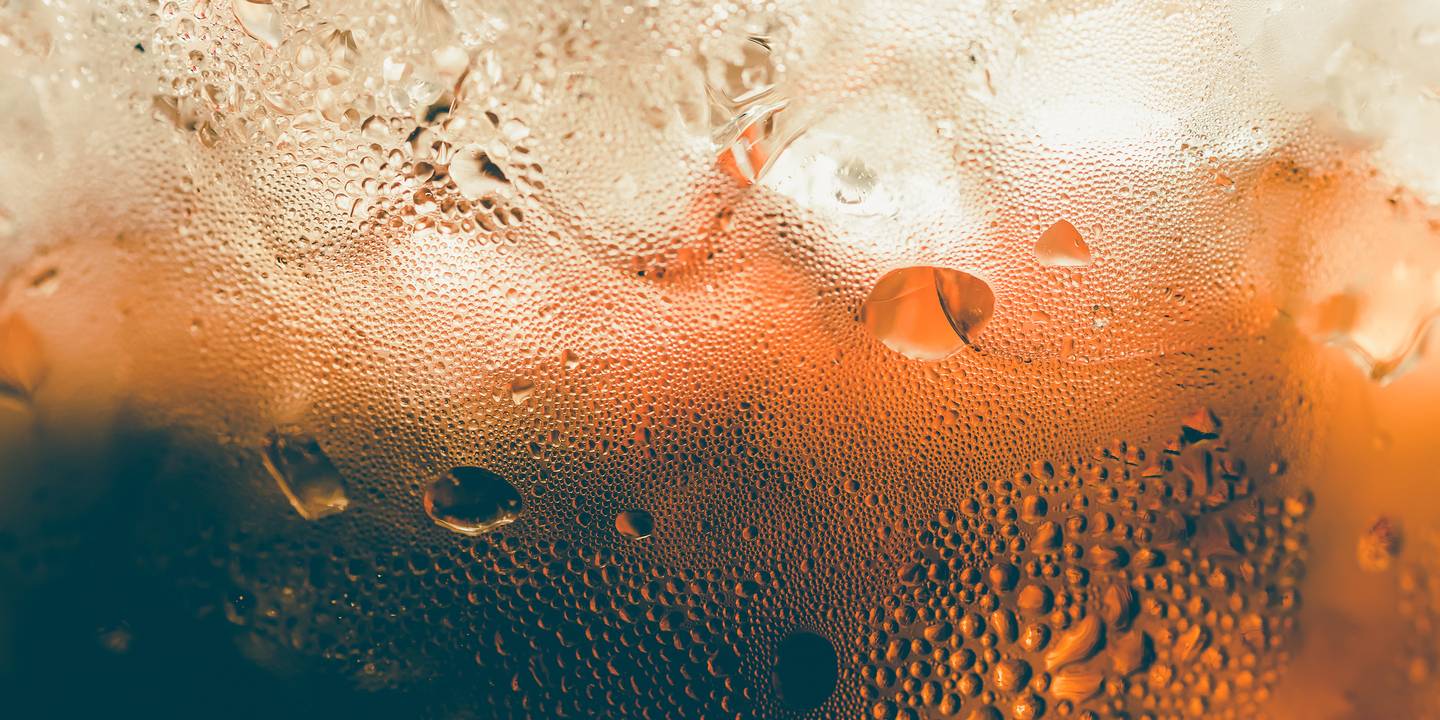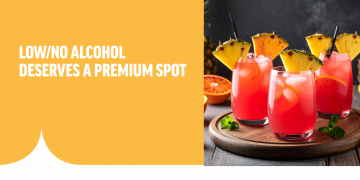As every beverage pillar continues to feel the impact of the global Health & Wellness movement, there is a growing need to raise one’s game in order to catch the eye of the modern consumer. What it means to be healthy continues to evolve as consumers across the world seek out products and services that support their mental and emotional wellbeing, as well as their physical health. Our trend experts look at what position Carbonated Soft Drinks (CSDs) could play on the field now, in what is becoming a truly a health-centric game.
Back story
CSDs date back to 1767 when theologian and chemist Dr Joseph Priestly discovered means of artificially carbonating water, a concept which was later industrialised by J. J. Schweppes in 1783.
It is thought that the sugary incarnations we recognise today were originally conceptualised as a ‘fun summer drink’ and were commonly infused with stimulants designed to provide some functional benefit. Early iterations included coffee, cola nuts and coca leaves, all designed to combat fatigue and clear the mind. John Pemberton from Coca-Cola used this principal in 1886 and it’s still going strong today.
The age of the soda fountain was followed by the soda can, with the appearance of ‘diet’ variations starting to make an appearance in the late 1950s and early 1960s. CSD giants began to introduce flavoured adaptations of classics in the last few decades, truly establishing themselves as megabrands of the age.
Current picture
In recent years, CSDs have developed a bit of an image problem. High sugar levels have contributed to multiple obesity crises in several continents and discarded cans and bottles have polluted the planet. The increasing consumer interest in products more closely aligned with a healthy lifestyle have resulted in a decline in CSD sales in a number of countries, but all is not lost. Those leading the charge understand how the consumer’s priorities have changed and are realigning their brand identity accordingly.
Is a revolution on the cards?
The demonisation of sugar and single use plastic have arguably shaped the last decade for those in the CSD space, but change is coming. With a true understanding of market needs and an ambitious readiness to drive innovation forward, there are strong signs of life from this important beverage category as those leading the charge look to start new conversations.
Premiumisation
The introduction of a tax on sugar in several of the world’s largest markets has seen beverage giants reformulate to reduce calories and comply with new legislation. This has also presented many with an opportunity to revisit their offering in line with current consumer tastes.
We have seen a marked increase in brands using ingredients, techniques and processes with premium connotations. As consumers prioritise naturalness and higher quality goods, CSD brands are maximising on this area of interest by introducing more of a ‘craft’ feel to their portfolio.
For premium products, there is a cachet associated with being produced in the right way. The appeal of authenticity is reflected by an escalating interest in, and consumption of, premium products. Using traditional ingredients and communicating provenance and brand history on pack is increasingly essential to tap into this trend.
Functionality
While the use of functional ingredients in CSDs dates back to the 19th century, we’re seeing more and more products launch with ingredients claiming to have a positive impact on one’s health and wellbeing. Whether that’s a ginger lemonade designed to improve digestion or a vitamin-infused sparkling water, more and more are looking to attract the health-conscious consumer with products that conveniently support a ‘better for you’ lifestyle.
According to a recent report from Mintel, brands will come under pressure from more healthy/functional beverages and create more sophisticated offerings to compete with high-end alcoholic drinks. As technology continues to advance, CSDs will take advantage of this and offer hyper-personalised drinks tailored to consumers' personal needs.
Moderation
Younger generations in particular are drinking less and less alcohol, with several other consumer groups also reducing consumption in favour of ‘better for you’ alternatives. According to the office of national statistics, a 5th of UK consumers under 25 are now teetotal. As people turn away from alcohol, creative and exciting CSDs that deliver on flavour are set to benefit from this behavioural shift.
Novel Flavours
Brands looking to appeal to younger consumers are introducing bold and adventurous flavour combinations into their product ranges. Millennials and GenZ in particular are seeking our new experiences and ambitious flavour pairings in products that readily fit into their busy lifestyles offers them a great way to do this.
For those looking to appeal to more of the mainstream, we’re seeing unusual ingredients being paired with ‘bridge’ flavours, like citrus, in order to provide something recognisable and relatable as well.
Diversification
In addition to the trends shaping the traditional CSD space, we’re also seeing the rise of more disruptive innovation as new brands and types of CSD change the shape of the category. The growth of sparkling waters will have a marked impact on what the future of the CSD category looks like. It can offer the low sugar, natural, premium credentials we talked about above, but isn’t restricted by the reputation of fizzy drinks. It feels healthier by its definition – which is appealing to global consumers on a dramatic scale.
For more information about the latest trends in the beverage industry, simply sign up to our newsletter below to get our industry insights straight in your inbox.



